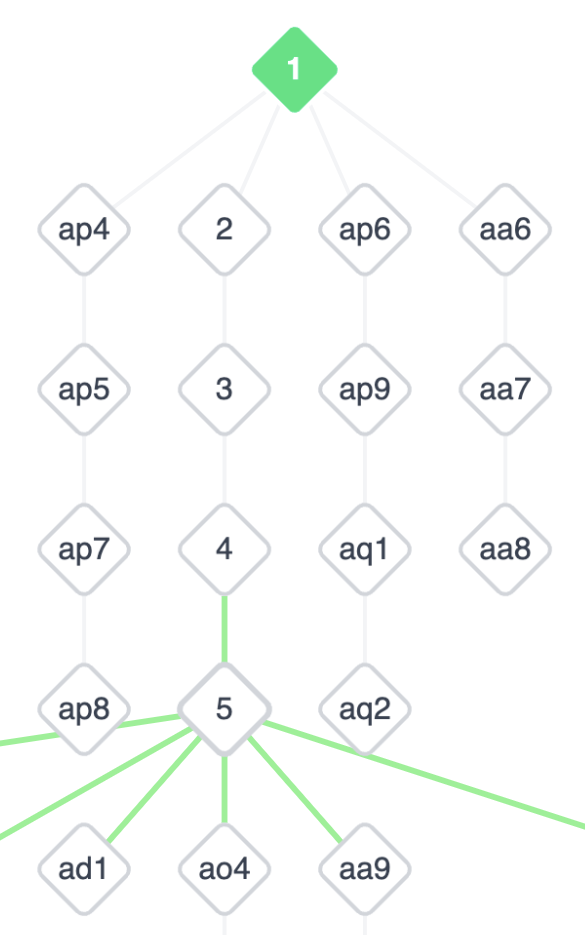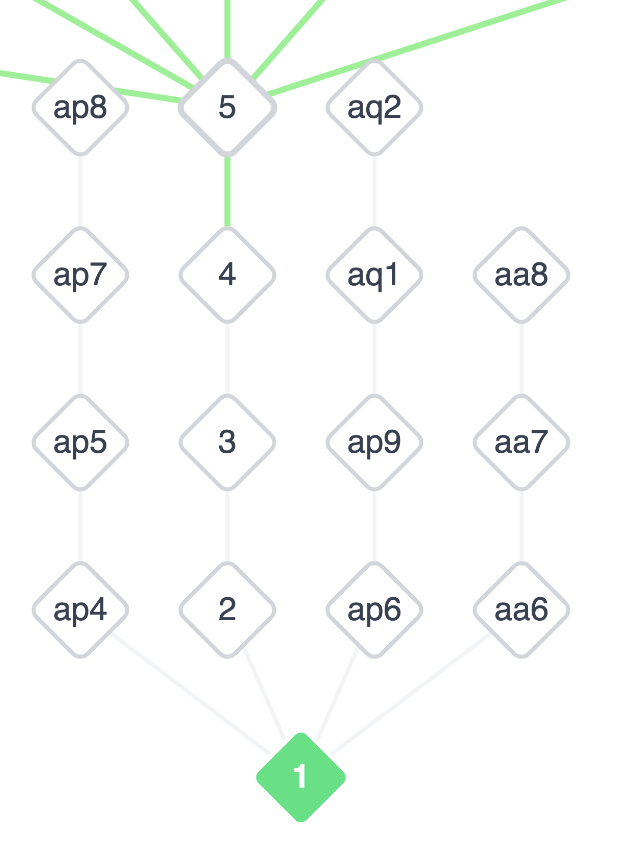Taste
date: 26-03-2025 categories: software developer insights —
tldr
One of the challenges as a software developer are questions of taste.
There can be a huge difference between the technical challenge of implementing something and the impact it can have.
As a developer it can be tempting to see these things as un-important as they are such a trivial change, but the impact can be significant, perhaps even the difference between success and failure.
taste
Have you ever wondered how something as seemingly trivial as a layout direction can tip the scales between success and failure? As software developers, we’re often faced with challenges that extend far beyond the pure technical implementation. Today, I want to dive into the intriguing world of taste; a matter of personal judgment that influences our work and product outcomes in ways we might not fully appreciate.
The Intersection of Technical Challenges and Personal Taste
One of the most perplexing challenges for a software developer is grappling with questions of taste. On the surface, a tiny configuration tweak might seem unimportant. Take for instance a simple change that affects the direction in which a graph expands:
layout: {
name: 'dagre',
rankDir: 'BT' or 'TB',
}
At first glance, the difference between having a graph expand upward (TB) or downward (BT) might appear like a minor, trivial decision. Yet, this tiny modification can have a profound impact on the user experience. It serves as a vivid example of how our personal inclinations and judgments; our “taste”; can make all the difference when shaping a product.
Grow down:

Gropw up:

Balancing the Technical and the Psychological
Working with software means balancing the purely technical challenges with the psychological aspects that affect user interaction. On one side, we have the objective complexity of coding. On the other, there’s the subjective experience of the end-user. The simple act of choosing a layout direction touches on the “psychology of growing knowledge or digging down.” Choosing between TB (top to bottom) and BT (bottom to top) can be seen as a metaphor for other choices in life; whether to expand our horizons or delve into details.
The technical question here is straightforward, but the emotional response it triggers can be anything but. It forces developers to consider not just what works, but what works best for the users; a question that often boils down to individual taste.
Individual Judgment Versus Data-Driven Decisions
When facing decisions that come down to taste, we have two paths. You can either trust your own instincts or, if you’re part of a larger team or organization, rely on robust A/B tests. There`s an inherent risk in each approach:
-
Betting on Your Individual Taste: As developers, we often pride ourselves on our instincts and experience. This personal touch can lead to innovative decisions that differentiate our product.
-
Running A/B Tests: For larger projects, empirical data can guide us. A/B tests help quantify the impact of a seemingly trivial UI change, potentially revealing that something as simple as the direction of a graph layout can affect user engagement significantly.
This duality presents a nice microcosm of the broader challenges in software development; balancing personal creativity with measurable performance.
A Personal Reflection on the Taste Dilemma
I recently encountered this dilemma in a project involving dynamic graphs. The decision to switch the layout from a top-to-bottom to a bottom-to-top orientation seemed minor. However, as I dug deeper, I recognized that this change had the potential to transform how users interact with the data. It was a stark reminder that every tiny detail has the power to change the narrative.
This experience underscored a critical lesson: while technical finesse is crucial, paying attention to the subtle nuances of taste; choices that might initially seem inconsequential; can ultimately be the difference between an ordinary product and an exceptional one.
Conclusion: Embracing the Beauty of Subjectivity
In today`s fast-paced world of software development, the technical and the subjective are inextricably linked. Decisions born of personal taste can have a significant impact, sometimes determining the success of our projects. Whether you decide to trust your gut or lean on A/B tests to guide your choices, one thing is clear: the balance of taste and technology is a delicate dance that defines our craft.
As you navigate through your next development challenge, remember to value both the technical intricacies and the nuances of taste. After all, it`s in these small, intentional choices that the true art of developing software is revealed.
Feel free to share your experiences or thoughts on how personal taste has influenced your projects. What tilts the balance for you; an intuitive spark or hard data? Let’s keep the conversation going!